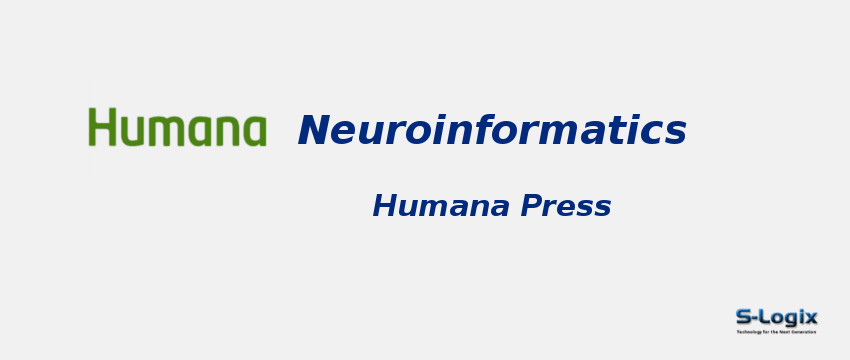Journal Home: Journal Homepage
Editor-in-Chief: John D. Van Horn
Print ISSN: 15392791
Electronic ISSN: 15590089
Abstracting and Indexing: SCOPUS, Science Citation Index Expanded
Imapct Factor 2024: 3.1
Subject Area and Category: Computer Science, Information Systems, Software, Neuroscience, Neuroscience (miscellaneous)
Publication Frequency: Quarterly
H Index: 70
Q1: Information Systems
Q2:
Q3:
Q4:
Cite Score: 6.7
SNIP: 1.031
Journal Rank(SJR): 0.927
Latest Articles: Latest Articles in Neuroinformatics
Guidelines for Authors: Neuroinformatics Author Guidelines
Paper Submissions: Paper Submissions in Neuroinformatics
Publisher: Humana Press
Country: United States
